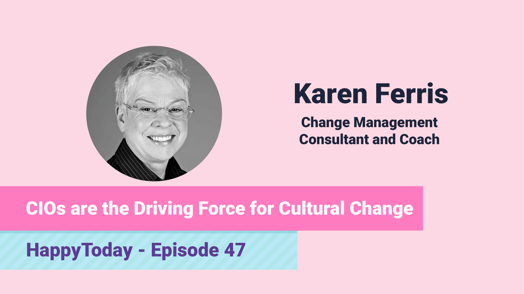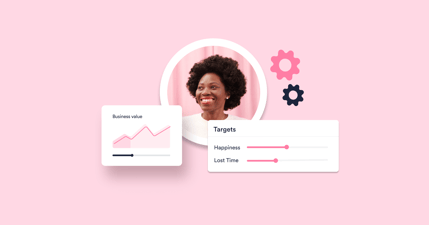2020 Ends, Change Won't
Change and adaption have been a key theme across 2020, for the 'elephant in the room' reason - COVID19.
I want to tell you that it is now in the past and it is time to "normalise" again. Unfortunately, the only thing that is ending this year is 2020. Change, on the other hand, won't be ending anytime soon.
"Normal life" or life as we knew it, becomes increasingly harder to muster again and this is predominately due to organisation's employees spending the majority of 2020 working remotely.
However, our Happiness Score™ report shows that employees find remote working more efficient than office work. If this is the case and a preferred and productively beneficial way of working, then surely, organisations need to continue to adapt to this new employee experience, instead of taking it back to the previous normal.
Pandemic Shone the Spotlight on CIOs and IT.
The topic of digital transformation has been knocking about for years. But at the beginning of 2020, organisations were forced into a rapid digital transformation, overnight.
The heroes of this change were the IT department and CIOs, showing what can be achieved when pandora's box is opened.
CIOs and IT departments faced the challenge of moving a majority, if not the whole, of their organisation's workforce to function remotely, as well as keeping their employees and organisation's safety and security intact.
This change was a big move and challenge, and not just for IT departments, but for employees as well. However, it was a successful adaption, and this is primarily due to people understanding the reason for the change.
Karen states that "people don't resist change when they understand the real reason for change", which is precisely what happened in this instance.
But Where Does IT Go From Here?
To put it bluntly, not back to a "normal". There is a lot that can be learnt from the crisis, especially about change management and adapting culture to match an employees needs.
It is time to create a better future as a result of the drastic change, rather than return to what we've previously known.
In the past, IT held the label of "keeping the lights on" department and struggled to prove their worth to business stakeholders. Post pandemic, however, CIOs have proven their worth and should have a firm seat at the table as the same business stakeholders are asking the CIO a critical question - What next?
Answering this question is not going to be comfortable and straight forward either. However, cultural change now lies with the CIO as their department holds power to impact employee's experience drastically. The bigger picture in all of this is understanding employee experience and visualising how to improve and maintain it.
If the above podcast or blog inspires you, you can read more from Karen Ferris, and her blog series Change Management for IT here.




